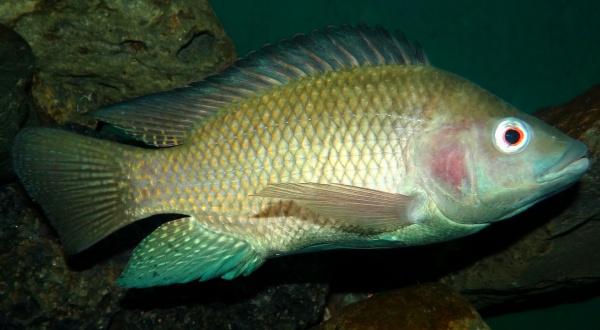Facts About Tilapia
Tilapia, a term that encompasses several species of cichlid fish, are adaptable freshwater inhabitants found in shallow streams, ponds, rivers, and lakes. Some species even thrive in brackish waters. Originally vital for small-scale fisheries in Africa, tilapia have become significant in global aquaculture and aquaponics due to their ease of cultivation and culinary appeal.
These fish are easily recognizable by their compressed bodies, distinctive jaw structures, and mouths full of conical teeth. Their adaptability allows them to flourish in diverse environments. Through systematic study, scientists have reclassified tilapia into various groups, enhancing our understanding of these remarkable fish.
Tilapia have been introduced to different regions to control pests such as mosquito larvae. However, they can become invasive in warm waters, often outcompeting native species. Their spread is limited by their inability to tolerate cooler climates.
In aquaculture, tilapia are a standout species. They grow rapidly, are rich in protein, and can subsist on plant-based diets, making them an economical choice for farmers. China is the leading producer of tilapia worldwide. Farmers employ various strategies to enhance quality and efficiency, such as breeding hybrids and predominantly male populations.
Tilapia are beloved for their mild flavor, low mercury levels, and nutritional benefits. Often sold as fillets, they are low in fat but high in protein and essential nutrients. However, some studies suggest that tilapia are not as rich in omega-3 fatty acids compared to other fish. Beyond their culinary uses, tilapia contribute to the management of aquatic vegetation and have even been utilized in medical treatments for wound care.
One drawback is that tilapia can carry parasites, which have spread as the fish have been introduced globally. Despite this, tilapia remain important in various sectors, from food production to environmental management and medicine, demonstrating their remarkable versatility.
